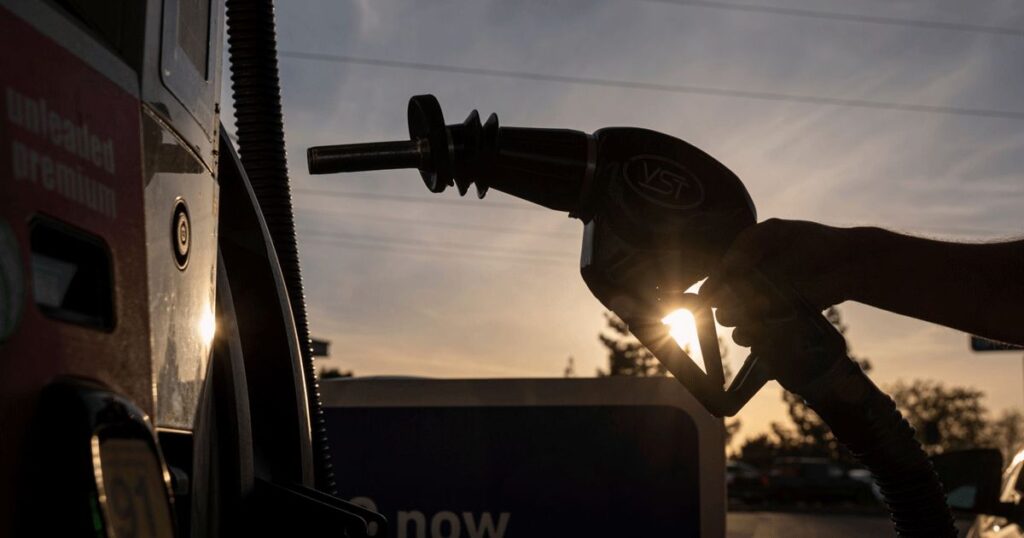If our present economy and supply chain were functioning normally, we would be seeing a dramatic increase in consumer adoption of electric vehicles as a result of the recent gas price spike. While the cost premium associated with purchasing an EV continues to be a barrier to mainstream adoption, customers tend to think in terms of the monthly impact on their wallet.
At $4.25 per gallon, a Ford F-150 owner driving 15,000 miles per year would pay $3,350 in annual gas costs, or almost $275 per month. On a psychological level, the idea of eliminating a significant portion of that expense with an electric F-150 Lightning or equivalent EV grows stronger with each passing day. The independence that EVs provide from costly gas station visits would have a strong appeal.
Of course, the catch is that market circumstances are far from typical at the moment. The combination of strong consumer demand and supply chain problems — which have been compounded by the Ukraine conflict — has sent vehicle prices skyward and dealer stocks to historic lows.
Additionally, used automobiles are more expensive – the consumer price index for used vehicles increased by 40.5 percent between January 2021 and the same month this year, while the sticker price for new vehicles increased by 26%.
Confronted with empty car lots and fierce competition for both new and used vehicles, consumers are increasingly concluding that “any car will do” in a hurry. As a result, practically every EV model is sold out, and new-car purchasers face a lengthy waiting list.
